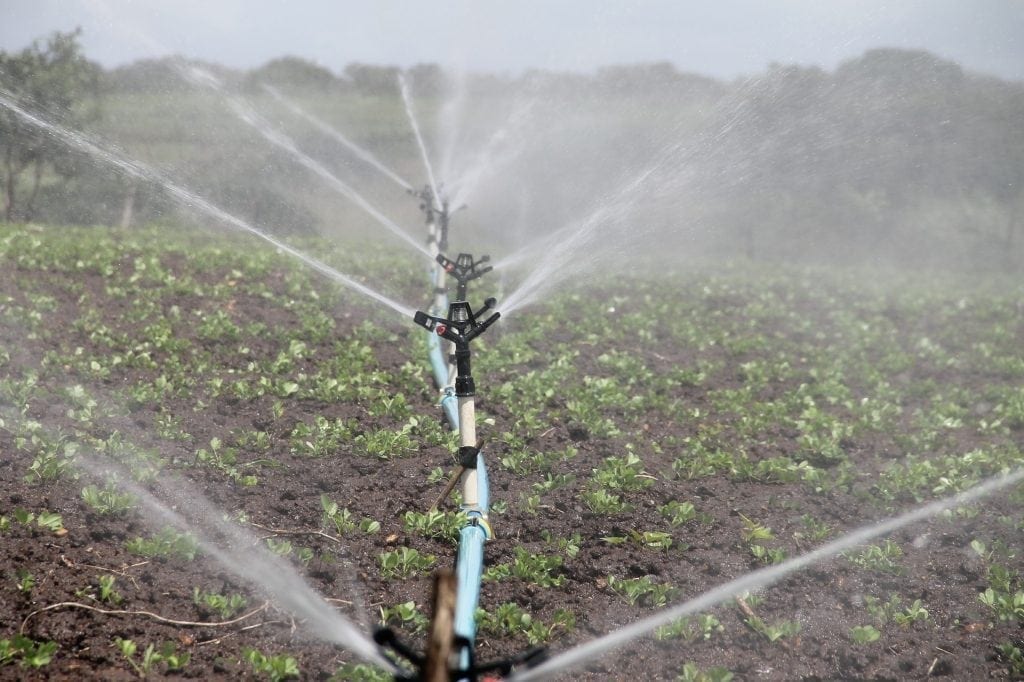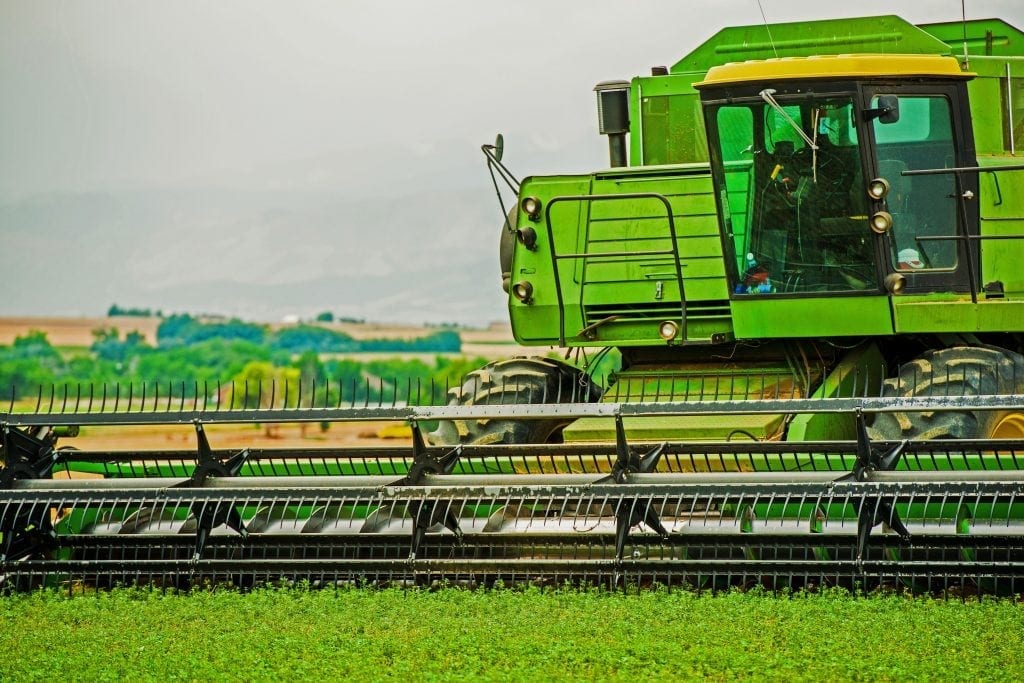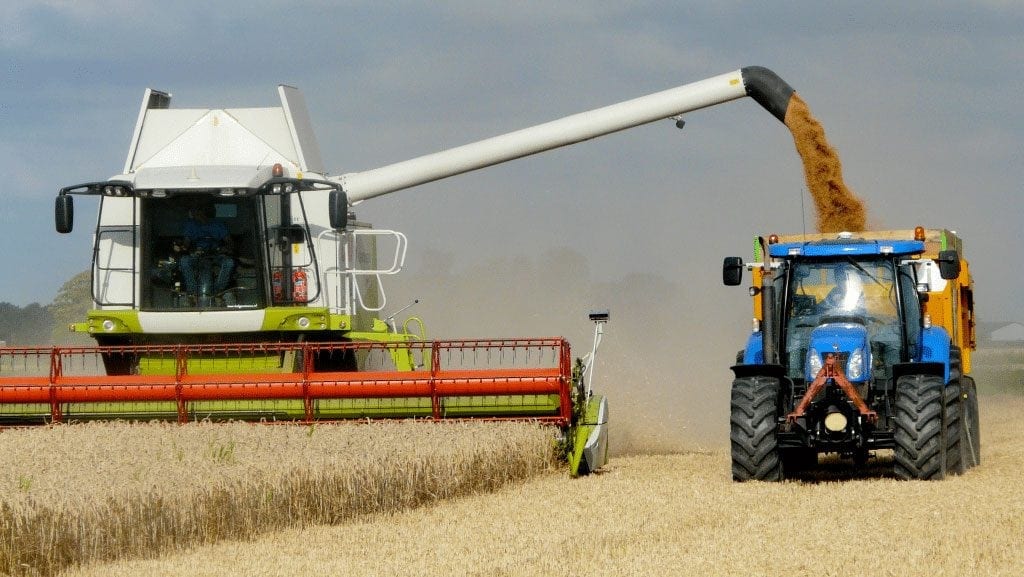No products in the cart.
Agriculture
Losses in agriculture. Avoiding Damages and Optimizing Resources?
With the use of new technologies and cultivation techniques, agricultural productivity increases every year. Despite the constant search for increased efficiency in the field, farmers often fail to take into account the waste of agricultural resources. Losses in agriculture are responsible for a significant loss in production. An amount of almost 10% of the Brazilian grain crop (soybean, corn, wheat, rice and beans) is lost every year between planting and harvesting, according to data from the Brazilian Institute of Geography and Statistics (IBGE).
According to the Food and Agriculture Organization of the United Nations (FAO), about one-third of all food produced in the world is wasted, resulting in a loss of $750 billion a year. According to the agency, most losses occur in the post-production phases of agriculture, such as harvesting, transport and storage.
Do you know how to avoid losses in agriculture? At what point in the production process do the wastes occur more frequently? How to optimize resources and avoid damages? Here are some strategies to avoid losses in agriculture.
Learn how to optimize water use
Almost half of the water used in agriculture is wasted. Some of the factors that contribute to this are the incorrect irrigations and the lack of control in the processing of products.
To minimize this water loss, it is important to level the cultivated areas so as to allow better runoff and reduce water leakage and evaporation.

Another very effective strategy is the reuse of water in irrigation. The water that leaves the agricultural process is carried to the lowest point of the land where it will be pumped again to the higher parts, avoiding waste.
In addition, precision farming uses equipment that monitors production and accurately indicates the amount of water needed for irrigation and where it should be used. These equipment can also be used to monitor air humidity, helping to determine how much water the plant loses and to save on its replacement.
See how to use fertilizers better
The mapping of spatial variability in precision farming allows the farmer to know exactly which part of his crop needs fertilizer, thus avoiding waste. In some cases, precision farming techniques may reveal that a particular input is actually unnecessary and its use may even be detrimental to farming.
There are already fertilizing machines that allow application of fertilizers with greater precision, in the correct dosage and with a more uniform distribution. As a result, fertilizers are better dosed, reducing costs and increasing productivity.
New technologies help the plant to absorb fertilizers more quickly, even in situations where temperature and humidity are not so favorable. In addition, some fertilizers release nutrients slowly, allowing the plant to absorb these substances gradually throughout its development.
Avoid waste of pesticides
Pesticides are being used in agriculture indiscriminately, without taking into account their real need and the necessary quantities. To avoid waste, always try to identify the ideal pesticide for each type of culture and the motivation to use it, always seeking to apply the product in the right amount.
With precision farming, producers have access to accurate data on each type of soil and its variations, which makes it easier to define which cropping points deserve more attention.
Precision farming allows for more accurate application of pesticides and herbicides, and better control of the dispersion of these chemicals, increasing productivity, reducing expenses and reducing environmental aggression.
Caution for crop damage
Losses in agriculture also occur during harvesting, whether due to errors in the regulation of machines, lack of maintenance of equipment or scarcity of trained operators. Always make sure that harvesters, tractors and machinery are well maintained and calibrated.

In the case of products that require manual harvesting, the failures are mainly related to labor, which should receive adequate training.
Ensure cares with logistics
The producer must be careful to avoid wastage also in the transportation and packaging of the products. In this phase, the losses occur due to insufficient storage network, poor road conservation and inadequate transportation.
A good strategy to ensure that the production arrives the destination in the best conditions and at a lower cost is to work with versatile equipment and machines, adaptable to the needs of each culture. Moreover, it is important to establish partnerships with associations and cooperatives which will allow access to a good infrastructure at a lower cost to the producer.


